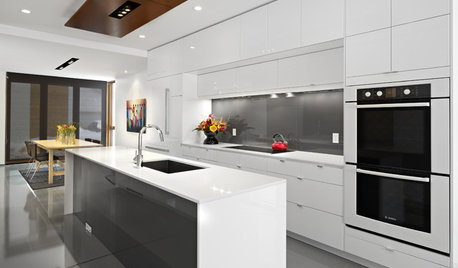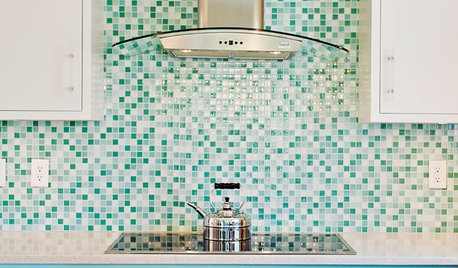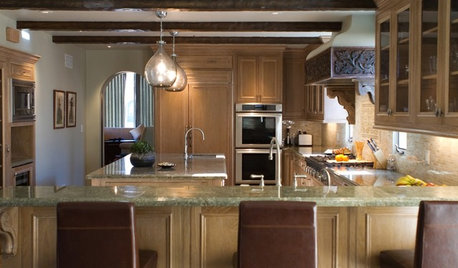Induction cooktop question
modern life interiors
15 years ago
Related Stories

KITCHEN APPLIANCESFind the Right Cooktop for Your Kitchen
For a kitchen setup with sizzle, deciding between gas and electric is only the first hurdle. This guide can help
Full Story
REMODELING GUIDESPlanning a Kitchen Remodel? Start With These 5 Questions
Before you consider aesthetics, make sure your new kitchen will work for your cooking and entertaining style
Full Story
KITCHEN APPLIANCESFind the Right Oven Arrangement for Your Kitchen
Have all the options for ovens, with or without cooktops and drawers, left you steamed? This guide will help you simmer down
Full Story
KITCHEN DESIGNA Cook’s 6 Tips for Buying Kitchen Appliances
An avid home chef answers tricky questions about choosing the right oven, stovetop, vent hood and more
Full Story
KITCHEN DESIGN9 Popular Stovetop Options — Plus Tips for Choosing the Right One
Pick a stovetop that fits your lifestyle and your kitchen style with this mini guide that covers all the basics
Full Story
KITCHEN DESIGNHow to Choose the Right Hood Fan for Your Kitchen
Keep your kitchen clean and your home's air fresh by understanding all the options for ventilating via a hood fan
Full Story
KITCHEN DESIGNHow to Find the Right Range for Your Kitchen
Range style is mostly a matter of personal taste. This full course of possibilities can help you find the right appliance to match yours
Full Story
KITCHEN DESIGNHouzzers Say: Top Dream Kitchen Must-Haves
Tricked-out cabinets, clean countertops and convenience top the list
Full Story
KITCHEN APPLIANCESLove to Cook? You Need a Fan. Find the Right Kind for You
Don't send budget dollars up in smoke when you need new kitchen ventilation. Here are 9 top types to consider
Full Story
KITCHEN APPLIANCESThe Many Ways to Get Creative With Kitchen Hoods
Distinctive hood designs — in reclaimed barn wood, zinc, copper and more — are transforming the look of kitchens
Full Story







lovemcm
llaatt22
Related Professionals
Baltimore Kitchen & Bathroom Designers · Hammond Kitchen & Bathroom Designers · Hammond Kitchen & Bathroom Designers · Springfield Kitchen & Bathroom Designers · South Farmingdale Kitchen & Bathroom Designers · Glade Hill Kitchen & Bathroom Remodelers · Bloomingdale Kitchen & Bathroom Remodelers · Durham Kitchen & Bathroom Remodelers · Galena Park Kitchen & Bathroom Remodelers · Jefferson Hills Kitchen & Bathroom Remodelers · Mesquite Kitchen & Bathroom Remodelers · Overland Park Kitchen & Bathroom Remodelers · Payson Kitchen & Bathroom Remodelers · Cave Spring Kitchen & Bathroom Remodelers · Reading Cabinets & Cabinetrycpccarolyn_2008
oskiebabu
djh64
jeanne70
mls99
canuck99
dbaguy
arley_gw
geo91324
sshrivastava
cpovey
livingthedream
cpovey
bruce_allen123
kaseki
cpovey
kaseki
canuck99
paso
cheri127
paso
weedmeister
macic
djh64
tomato
lightlystarched
funster
funster
canuck99
ncaralph
davidro1
kaseki
oskiebabu
gopintos
erikanh
gopintos